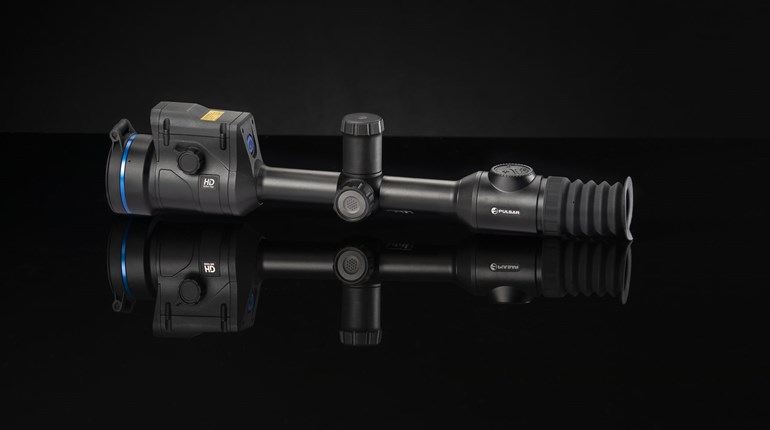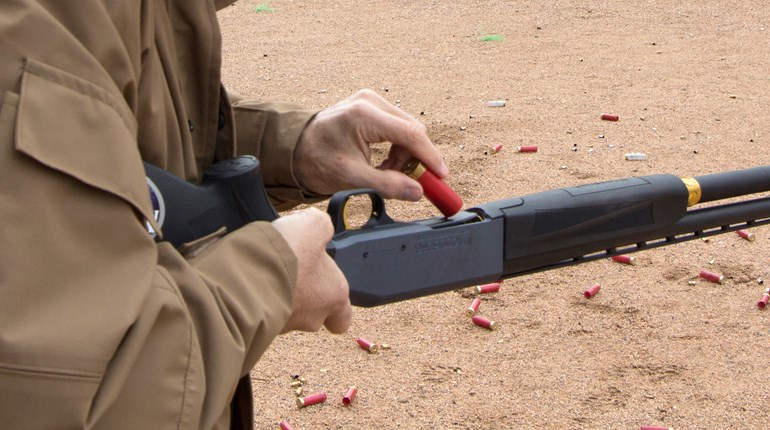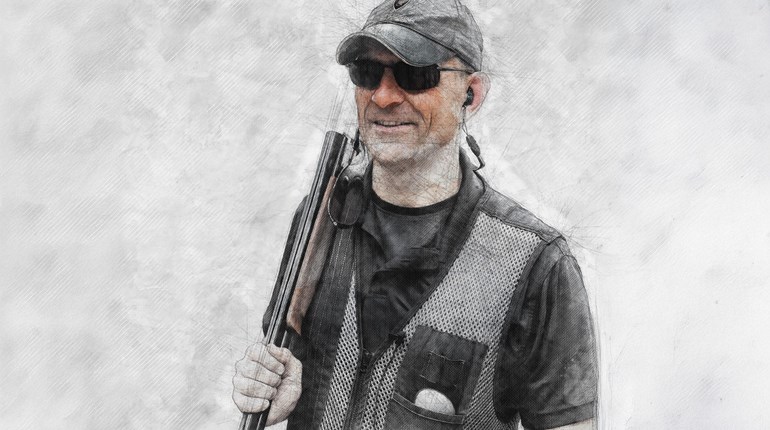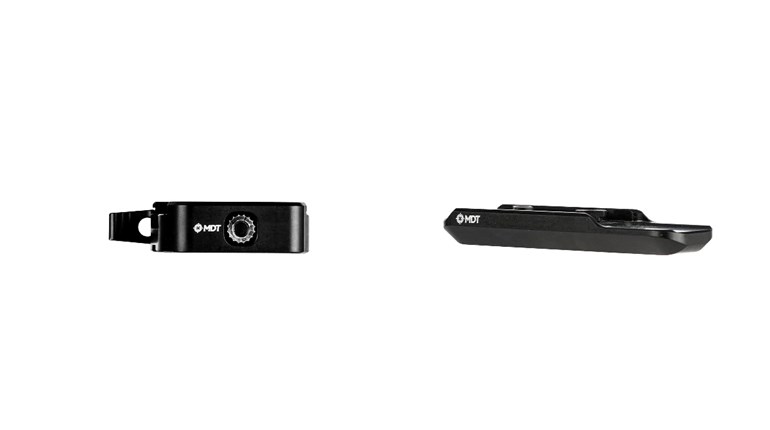
Nearly every year at Christmas, my extended family gets cabin fever. They are sick of shopping and eating, and they want to do something outside even if there’s snow on the ground. So I buy two cases of clays and a bunch of shells and we all bundle up and march outside for some backyard clays. Everyone has fun, including the men, women, kids, old hands and beginners. If we want some fair family competition I can even handicap the match by throwing tougher targets to the vets, or letting the beginners stand closer to the thrower. If someone gets cold, they can sit in the car and drink coffee, or, in our case, walk back to the house. But usually everyone shoots until the clays and the ammo is gone! It’s become a holiday tradition.
There are plenty of other reasons to try backyard clays other than cabin fever, of course. For many people, making a trip to a trap and skeet range is a special occasion that’s fraught with pressure, rules and cash. However, if you were to simply buy a case of shells, a box of clay pigeons and a clay thrower, then find a field or pasture where shooting is safe and legal...well, then, you'd get all the practice, twice the fun, and a third of the cost associated with a trap and skeet club. You’ll also get good.
Basic Safety Rules
Before shooting, establish safety rules. First, make sure all the shooters know the NRA’s three basic gun safety rules. (1. Always keep the gun pointed in a safe direction; 2. Always keep your finger off the trigger until ready to shoot; 3. Always keep the gun unloaded until ready to use.) Pay particular attention to rule No. 3. Only load the shotgun when the actual shooter is in the designated shooting area and ready to call for a clay. Keep the actions of all guns that are not in use open.
Next, determine the safe direction—typically about 70 degrees in any direction that has no people, animals or property within 300 yards. Only throw targets and shoot in this direction. Before shooting, establish rigid designated shooting areas. Make sure the shooter is far enough out from the clay thrower that he or she will not be struck by the clay pigeon, and that the clay thrower cannot be struck by the shooter. Make all other participants stand in a designated area behind the shooter (and thrower).
Safety rules apply to the mechanical thrower, not just the guns. Mechanical throwers feature heavy springs and metal arms that can break bones and lop fingers. Make sure all those who act as the thrower know how to operate the clay thrower safely. Finally, use common sense. If something looks unsafe, say something.
Low Cost
Best of all, backyard clay shooting is relatively cheap. The highest cost is the ammo. I buy the cheapest, No. 7 1/2 or No. 8 target loads possible, like Federal Premium’s paper-hulled Gold Medal Grand Paper. Clay targets are cheap at about $5 per 90 at Wal-Mart. While you can pay about $300 for an automated, battery-powered clay thrower like the Workhorse from Champion so all you have to do is punch a button, you can also buy a $15 hand thrower and go at it. Hand throwers take some practice and a decent arm, but they’re awfully fun. Finally, shooters need eye and ear protection. Polycarbonate sunglasses will do for the eyes, as will cheap foam plugs for the ears. Champion makes both. Compare the total cost of backyard clays to one evening at the bowling alley for several people, and you’ll be pleasantly surprised.
Tips For Beginners
Keep in mind, people must crawl before they can walk. Same goes for wingshooting. So, if it’s someone’s first time shooting a shotgun, don’t insist they try a flying target for their very first shots. Instead, place a clay target or two about 20 yards away on the ground or fence post, and have them shoot at that first. Have them properly mount and hold the shotgun tightly so recoil will not hurt them. Instruct them not to aim, but to point at the clay then pull the trigger. This will help them on down the road. After a few shots, when they graduate to flying targets, have them stand nearby the clay thrower to minimize the shot angle. Targets that fly straight away from the shooter are easiest. It’s critical that new shooters gain some confidence by hitting a few birds before graduating to harder angles.
Let beginners use a shotgun that has minimal recoil. Twenty-gauge, gas-operated automatic shotguns like the Remington 1100 or Benelli Montefeltro are best. Stay away from lightweight 12-gauge pump actions that are complicated to operate and punishing to shoot.
Finally, a suggestion. If you find yourself entertaining friends often, an electric, self-loading, self-cocking thrower like Champion’s Workhorse is a great investment to save your arm and increase your fun. Because a human thrower no longer must cock the heavy springs nor even stand near it when it throws a bird—thanks to the remote control—these throwers are safer to operate than older manual units. The Workhorse features a 50-bird hopper that will throw each bird up to 75 yards in three different directions. All you need to do to operate it is hook it up a 12-volt battery, fill its hopper and punch the button. It will take your backyard clay shooting to a whole new level! ($359, championtarget.com)







































